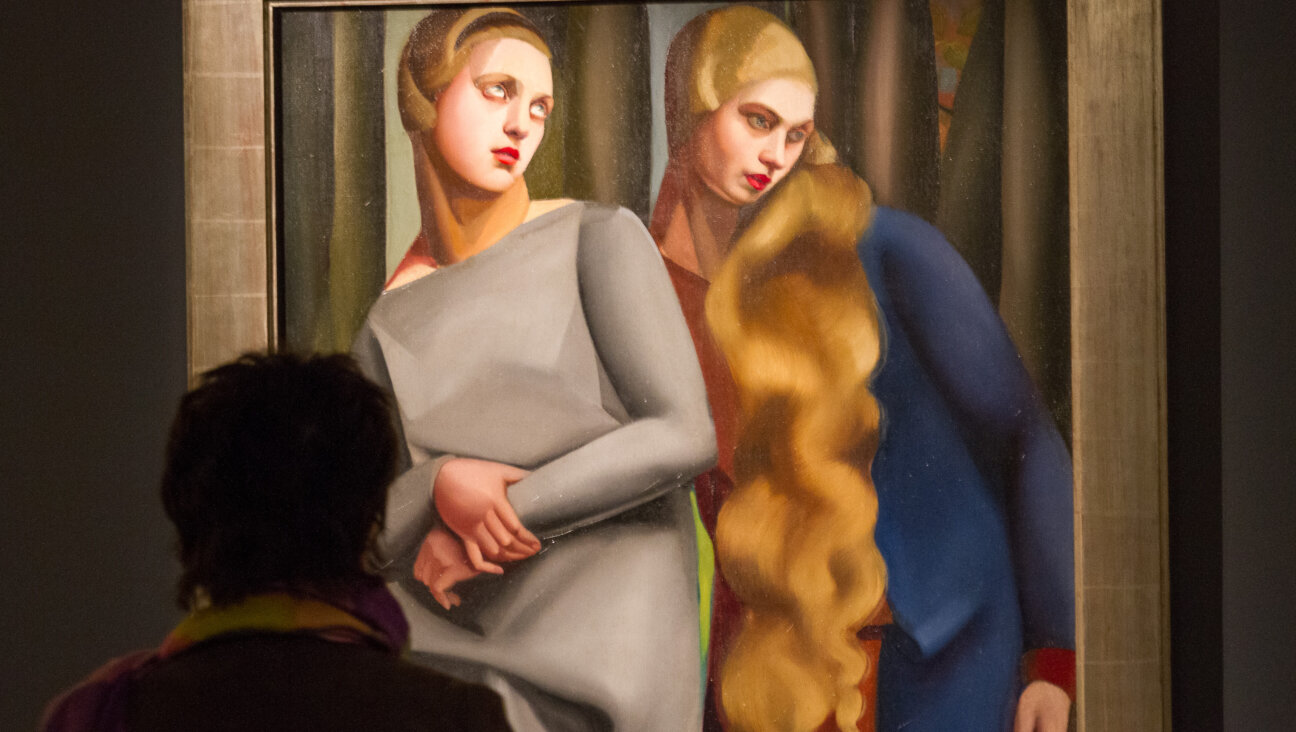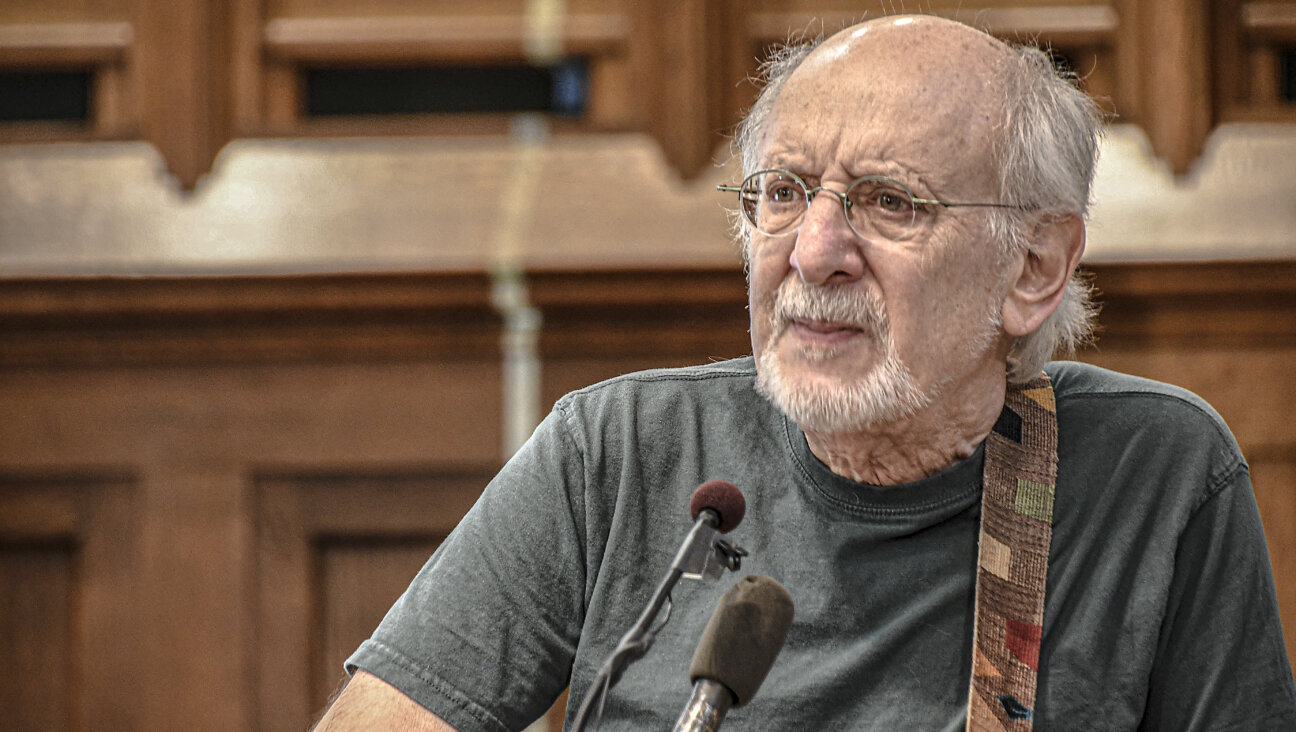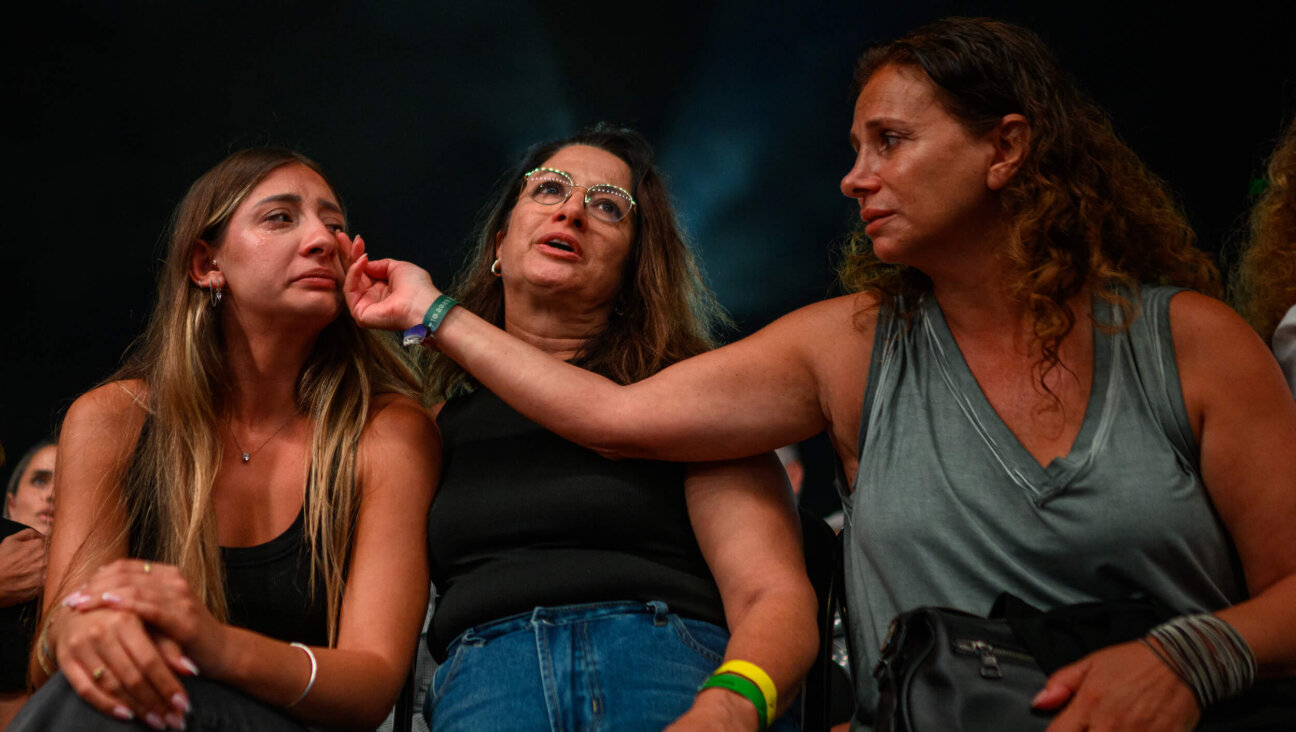How Kafka’s ‘Metamorphosis’ Anticipated The Holocaust

Image by Getty Images
This Month Anne Reads:
Metamorphosis:
By Franz Kafka
‘As Gregor Samsa awoke one morning from uneasy dreams he found himself transformed in his bed into a gigantic insect.”

Image by Getty Images
The famous first line of this haunting tale is hard to forget and painful to remember. From the beginning the end is clear. Gregor Samsa will be reviled, physically harmed, isolated and ultimately killed by his own family as they react to their son, former breadwinner, with disgust and, ultimately, murderous rage. Kafka wrote this story at age 29 in 1912, when Europe was on the brink of a World War that would end in the deaths of 11 million young men.
The story tells us how Gregor in his insect body tries to survive the emotional and physical isolation that follows his metamorphosis, the rejection of his father and mother and ultimately of his beloved 17-year-old sister. We see how his job as a traveling salesman has imprisoned him in a life of deadly routine. We see his blustering angry father abusing him while himself retiring early to a life of leisure as his son works compliantly to support the household. We see that long before Gregor awoke in his insect body, his unpleasant father disregarded and bullied him.
The father throws an apple at the insect that is his son, and the apple sticks in Gregor’s back to fester and rot in the shell that contains the sticky legs as well as the still active human mind of its occupant. Lodgers come to the apartment to make up the wages Gregor can no longer earn. Horrified when they see him, they leave. His mother abandons Gregor’s care to her daughter, who tries to help by removing the furniture from Gregor’s room so that he will have more space to crawl about. When she does this, Gregor tries to keep a photograph of a woman on his wall, but despite his desperate clinging to the glass the photo is removed. He sees the remnants of his human life pulled out the door. He loses the capacity to eat and to move, and weakness, mercifully, finally leads to his not unexpected death.
Gregor’s metamorphosis is not a dream or an allegory or a myth. It is a description of the inner feelings of a man who might as well be a bug. He experiences, as the story unfolds, humiliation, shame, self- abasement, alienation, helplessness, aloneness and, of course, rage at his condition. These are also the emotions that he kept in check while he held his human shape. They can be read as an indictment of the overly ordered and repressed life of a class of human beings who serve the system, who are afraid of authority, who bully each other while being bullied by the state and by the unpromising economic situation in which they find themselves.
Gregor’s change into a bug is a literal expression of his opinion of his place in the world, of the fate he deserves. The ugliness of his bug shape, its power to frighten other human beings, speaks to his anger and his self-hatred.
At the end of the story Gregor’s sister, Grete, who had been his only friend throughout this ordeal, turns on him, too. She has had enough of his ugliness and the disruption he has caused in her life. She is a violinist, and at one point, when he was still a man, Gregor was hoping to send her to a conservatory.
At the very end of the story, the family goes on an outing to celebrate their freedom from Gregor, and the parents remark to each other that their daughter has now blossomed and is ready for a marriage. When we read this ending to the story, it seems cruel and thoughtless. Gregor and his suffering have been so easily dismissed as his parents move on to expectations that their remaining child will better their station in life. On the other hand, who can blame them for wanting to make their lives better? And who could blame them for being happy when, at the end of the story, Grete “sprang to her feet first and stretched her young body”?
While this may seem like a happy ending, it also is another blow to the now dead Gregor, whose body will never know pleasure or affection or the power of creating life. Grete’s youthful energy seems to mock her brother at the end of the story. Kafka is twisting his knife.

Today we cannot help but see this story as a preview of the Holocaust that would arrive in a few more decades. Kafka was not a seer or privileged to special information from the Gods of history, but the story he wrote accurately described attitudes toward Jews that rode high in Hitler’s world. Here, the Jews would become bugs, pictured as such in cartoons and editorials, pests on the body civic of the gentile world. Jews were shown as ugly and misshapen and capable of destroying civilization the way bugs can infest a closet or invade a kitchen. The ultimate extermination of the Jews began as a campaign to make them seem nonhuman, not subject to the normal laws of compassion and empathy. First they had to be transformed into a crowd of Gregor Samsas. Jews were described as invading insects by a well-financed propaganda machine. They could be crushed as bugs are crushed beneath our feet. For a Jewish reader the story can never be just a family matter. We know that ordinary Jews woke up one morning to find that they were transformed into creatures you could murder without a second thought, just as we slap at a bug on a hot afternoon while we sit in a park, enjoying an ice cream.
Kafka died at age 40 in 1924. Tuberculosis destroyed his lungs,, so we will never know what novels and stories he might have written if he had made it to Palestine, if he had lived to see his nightmares become the reality of human history.
What he did do, though, is reveal that under the forms of custom and culture, dress, habit, church and economic order reign the dark selfish particulars of the human soul. Kafka strips away the pretext of civilization moral and just, and shows us the vicious reality of the actual human connection, or at least what it can become in certain conditions.
We should read this not as a prophecy of the not yet arrived Holocaust, but as a literary sighting of the terror that we can create and the beasts we can so easily become. The great writer becomes the watchman calling out the hours of the night. All is not well.
Anne Roiphe is the author of eighteen books of fiction and non-fiction.
This article, part of a 12-part series, is sponsored by the Posen Foundation.
A message from our Publisher & CEO Rachel Fishman Feddersen

I hope you appreciated this article. Before you go, I’d like to ask you to please support the Forward’s award-winning, nonprofit journalism so that we can be prepared for whatever news 2025 brings.
At a time when other newsrooms are closing or cutting back, the Forward has removed its paywall and invested additional resources to report on the ground from Israel and around the U.S. on the impact of the war, rising antisemitism and polarized discourse.
Readers like you make it all possible. Support our work by becoming a Forward Member and connect with our journalism and your community.
— Rachel Fishman Feddersen, Publisher and CEO























